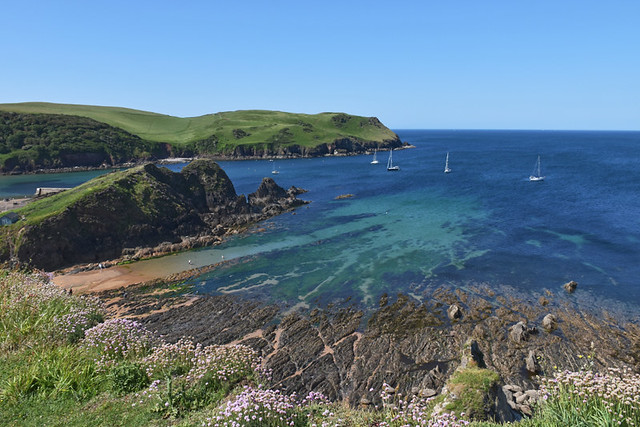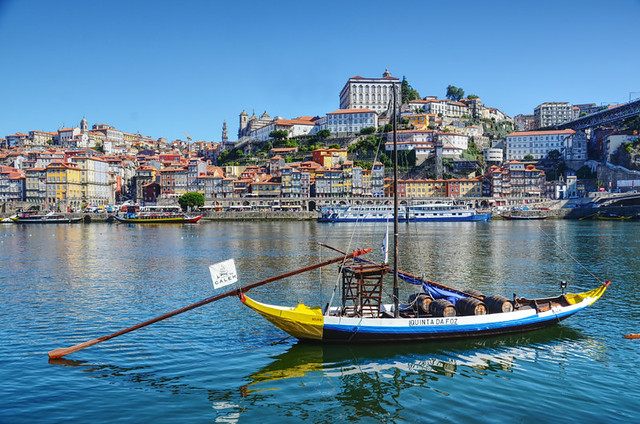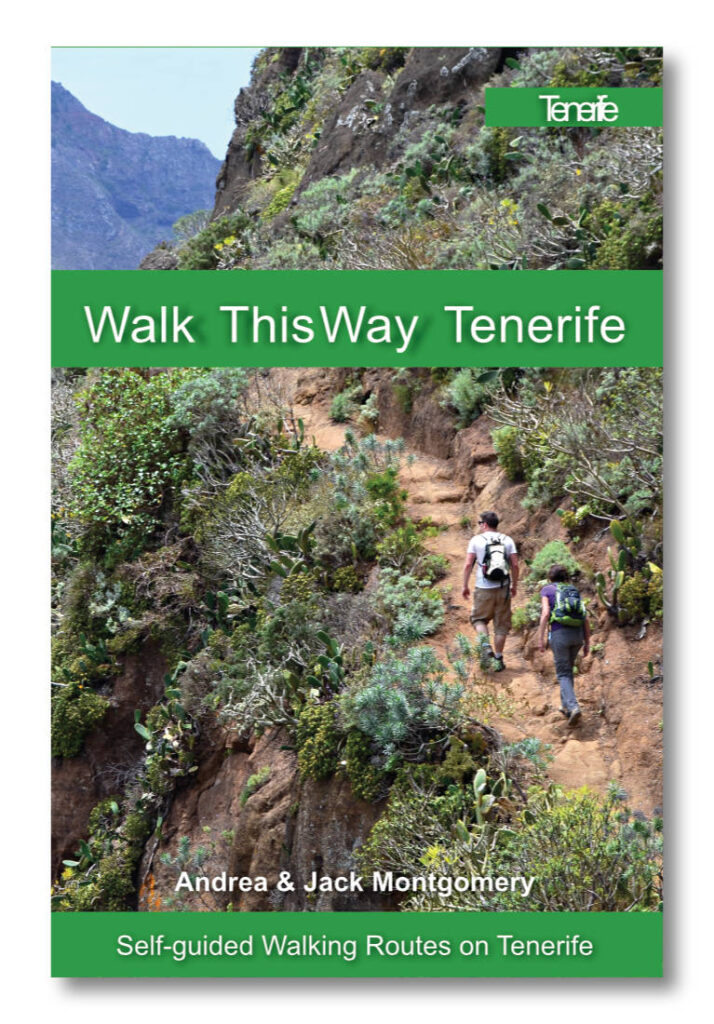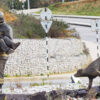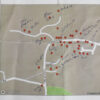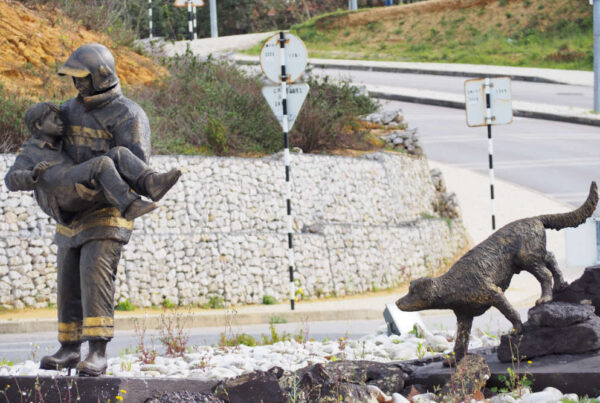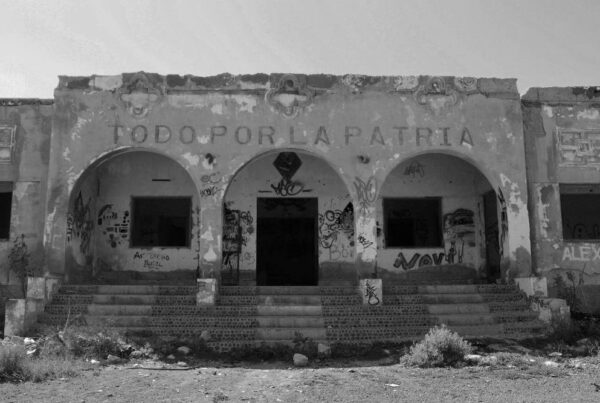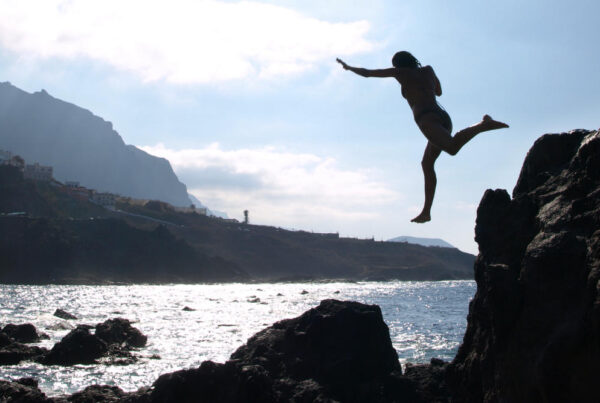One of the things I regret about my photography is not uploading more images to stock photography sites. In my defence, I didn’t have much of a choice. For fourteen years, our internet speed on Tenerife wasn’t up to the task of uploading high resolution images. And it still wasn’t during the four years we lived in Portugal.
While snail broadband prevented me from financially harnessing the potential of stock photography websites, there’s another issue; I have mixed feelings about the use of stock images. Taking an objective(ish) look at its usage shows there are as many cons as pros for travel companies if they rely on stock photography, especially ones at the more specialist end of the market.
The pros of stock photography in travel
High quality images
Much of the time, companies can access high quality images of a specific destination relatively quickly. There’s no denying a killer image attracts attention, and stock photography means an on-hand library of high impact images for any number of locations.
Inexpensive
Stock images don’t have to cost the earth. Non-exclusive images can be as little as under a tenner. Obviously, the better quality the image, the more expensive it is. There are also subscription services. In theory, it could work out a lot cheaper than hiring a photographer, especially when there are multiple destinations to promote.
Professional
High quality images say, ‘This is a professional company,’ simple as that.
The weather is always perfect
Anyone who’s dabbled in travel photography knows the weather can be your greatest enemy, especially when limited by time restraints. Often, results are down to chance. Stock photography means perfect weather every time. And sunny skies in a shot are generally going to pique potential customers’ interest more than gloomy ones.
It’s a no brainer. Stock images means travel companies come across as professional, and the destinations they are hawking look irresistible.
That would be the case if it weren’t for the cons.
The cons of stock photography in travel
HD isn’t real
Many stock images of landscape scenes are HD. That means they look stunning, but are an exaggeration of reality. That’s fine when all you want to see is a fab looking photo. However, when it’s used to sell a destination, there’s a danger of raising customer expectation to a level reality can’t meet. That risks customer dissatisfaction. I like HD images, but when it comes to travel, I want to know what destinations actually look like, what my eyes are going to see.
Every travel company looks the same
When vying for custom, what’s the point of looking exactly the same as a competitor? One of the major problems with using non-exclusive stock images in a specialist field is rivals are using the same images. It’s a bit like shopping centres across Europe – it’s increasingly difficult to tell one from another. That was highlighted this week when I received newsletters from different specialist travel companies and two header images were identical. Other images in these newsletters were so similar they might as well have been the same. There was nothing to separate one company from the other. That’s not good if customers are looking for a travel company with a distinct personality.

Photos of this beach near Tenerife’s capital are often used in travel articles about the southern resorts.
Wrongly labelled
Stock photos can be ‘creatively’ tagged to pull in more views. This results in incorrect labels in articles/brochures etc, something that is quite common. It’s a reputation-denter for specialist travel companies peddling their unique expertise. Fly and flop operators might get away with incorrectly identifying a location. As long as there is a nice hotel a beach and sunshine, people don’t look too closely at the details. A recent example involved travel articles about Tenerife where photos labelled as being one resort were for another. Savvy travellers might be less forgiving as ‘details’ are more important to them. In the last few days, I’ve seen examples from two specialist companies where destinations were incorrectly labelled. The question that instantly pops into my head is, ‘If you’re such a specialist, why didn’t you know that isn’t where you say it is?’

Having someone in the frame – not pristine models who look as though they’ve just come from make-up – helps people put themselves in the picture.
Impersonal
Specialist travel companies offer a more unique experience. Stock photography, by its very nature, can’t deliver this. There’s a glossy, impersonal aspect to brochures and travel articles populated solely by stock images. When I see the personal touch it makes me think I’m dealing with a company that’s more considerate of my travel needs than a corporate machine. A few years ago, we booked a trip to Chile partly based on an image of a man standing on a clifftop as a condor rose into the air in front of him. While on the trip, we discovered our guide was the man who took the photo. It wasn’t planned. It just happened. That made it more real, that we might experience the same. To me, good travel photography puts people in the picture, shows them something they might really experience for themselves.
Not bespoke
Enticing travel photos aren’t just about the jaw-dropping views. They’re about experiences, quirks, food … all sorts of things. If a company really is selling a unique experience, it often involves off the beaten track places. And the more off the radar, the less chance there is of it being captured in a stock photograph. Ironically, some specialist companies don’t exploit the value of this, again leading to a perception one company is just a clone of the other.
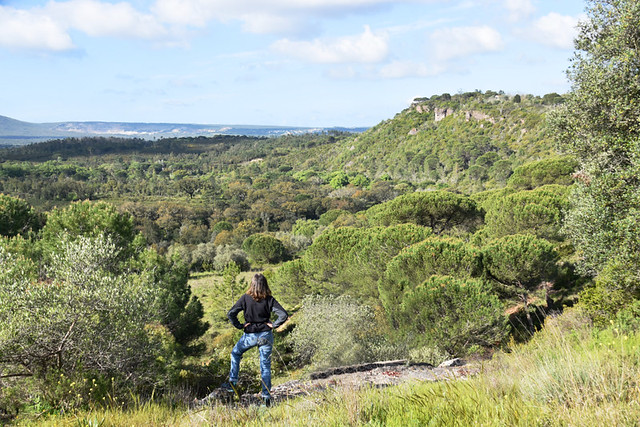
There are no signposts to this spot, you couldn’t find a similar image on stock photography sites, and yet it is a part of a walk on a Slow Travel holiday.
I’ve worked in this field for over a decade, so maybe view it with different eyes than the average punter looking for a Slow Travel experience. But I’m also a potential customer as it’s how I like to travel for fun as well. There are specialist companies I instantly gloss over, the ones that tend to have an over reliance on stock photography.
In summary, a combination of both stock and bespoke photography probably offers the greatest impact, giving specialist travel companies the best of both worlds.

